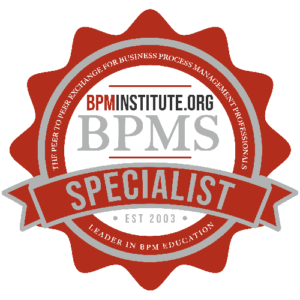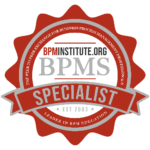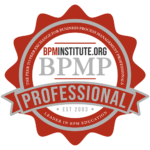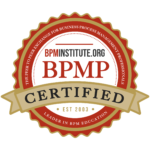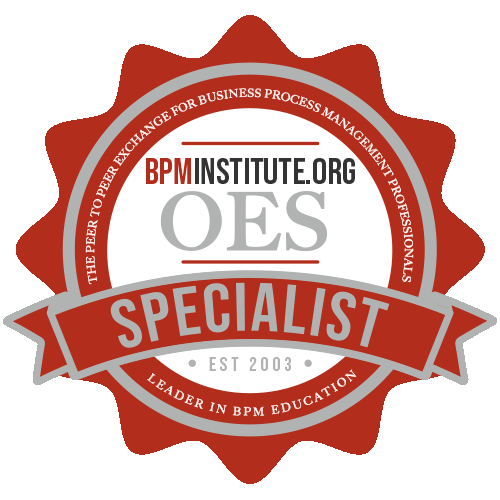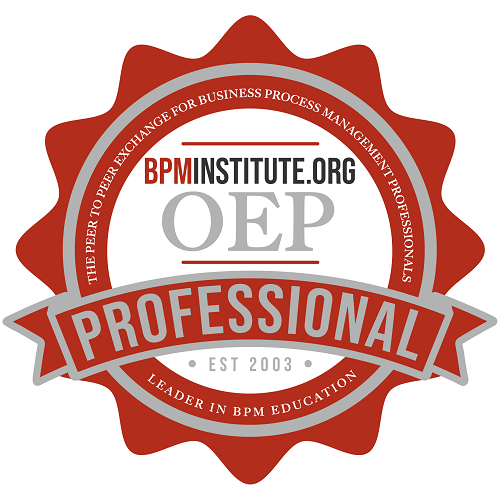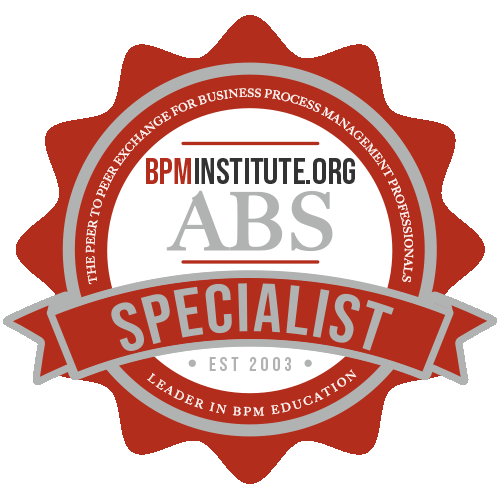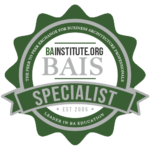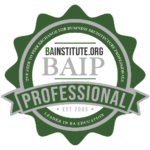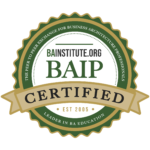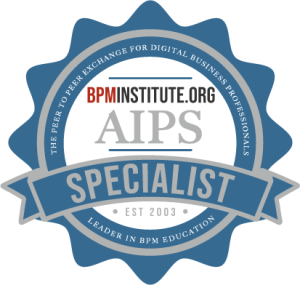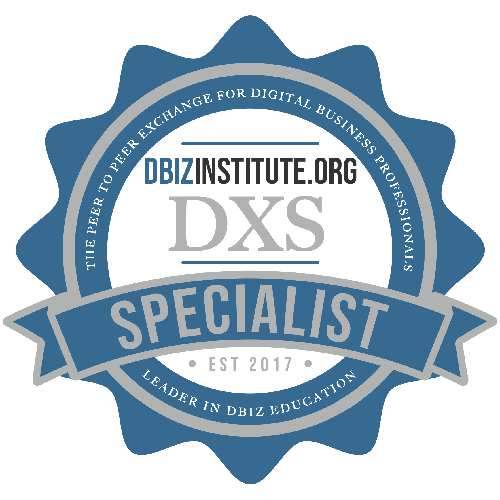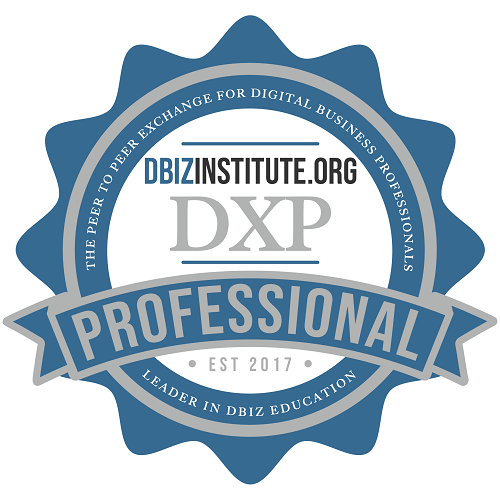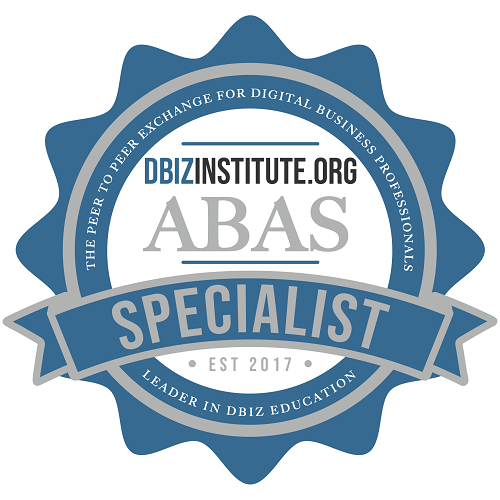In my previous article “Business Politics before Projects Success: The Games Executives Play,” I propounded a view which stated that a Business Process Reengineering (BPR) project’s success or failure is highly influenced by a project having multiple accountable executives driving decisions on a project. In this article I will expand on this view by focussing on the concept of Organisation Structures and their influential impact on the BPR project domain.
Many definitions of Organisation Structures exist from various sources, however for the purposes of this article I will summarise and reconstruct the definition as follows:
“Organisation Structure refers to the lines of authority that articulate the controlling of decisions taken and the distribution of type of work performed based on the core purpose and strategic intent of the organisation.”










